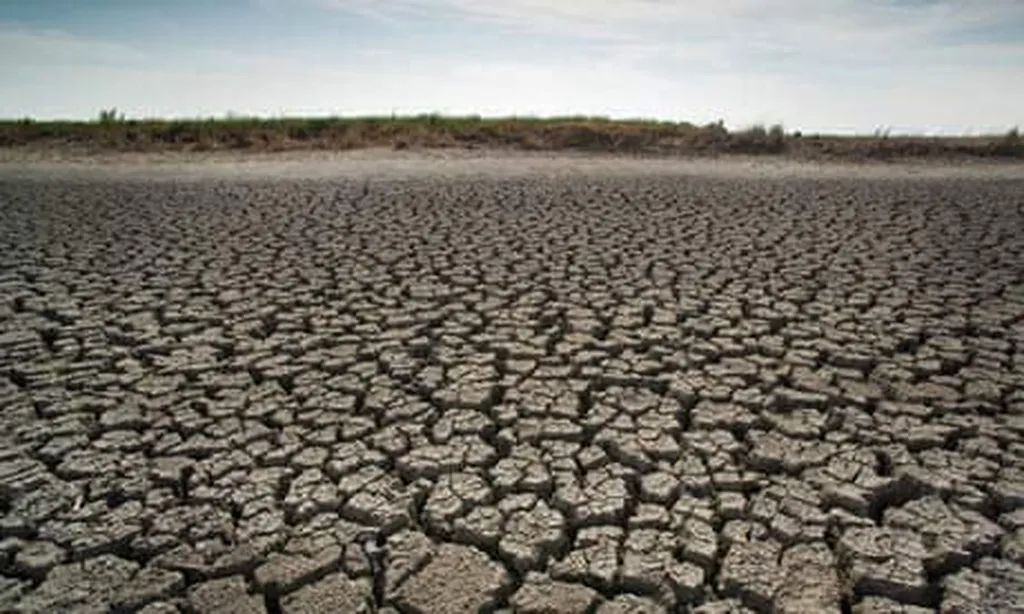For the first time in centuries, the global expansion of farmland has stalled—and in some regions, begun to reverse. Data from the UN Food and Agriculture Organization (FAO) reveals that after decades of relentless growth, agricultural land use plateaued in the early 2000s and has since entered a gradual decline. Today, roughly half the planet’s habitable land remains under cultivation, but the total footprint is shrinking.
This shift, analyzed by sustainability and food researchers Joseph Poore, Hannah Ritchie, and Charles Godfray, suggests the world may have crossed a quiet but significant threshold: the point at which humanity’s demand for farmland has peaked. The implications are profound, not just for food production but for the future of ecosystems long displaced by agriculture.
**A Quiet Contraction**
The decline is subtle—less than 1% of global farmland has been abandoned since the early 2000s—but the trend is clear. In Europe, North America, Central Asia, and parts of Australia, croplands and pastures are retreating, giving way to scrub, grassland, or secondary forests. The drivers are twofold: rising agricultural productivity and shifting demand.
On the supply side, modern farming has become far more efficient. Improved seeds, precision irrigation, and better fertilizers have allowed farmers to grow more food on less land. Meanwhile, demand for certain commodities has softened. Wool, tobacco, and even vanilla are increasingly replaced by synthetic or lab-grown alternatives, reducing the need for vast tracts of land.
Yet the picture is far from uniform. In some regions, “freed” land isn’t returning to wild nature but is instead being repurposed for monoculture plantations—palm oil, soy, or biofuel crops—that offer little in the way of biodiversity. The decline in farmland doesn’t automatically translate to ecological recovery.
**The Hidden Costs of Efficiency**
The transition also carries social risks. As farming becomes more intensive, smallholder producers—often the backbone of rural economies—struggle to compete. The benefits of land-saving technologies may accrue to large-scale operations, deepening inequalities in food systems. And because agricultural expansion is now driven more by economic and policy decisions than sheer necessity, ecosystems remain vulnerable to sudden shifts. A spike in commodity prices or a rollback of environmental protections could easily reverse the trend, pushing farmland outward once more.
**What Comes Next?**
The future of this quiet contraction depends on three key factors: technology, policy, and climate change. Emerging innovations—vertical farming, cellular agriculture, and AI-driven crop optimization—could further reduce land demand. But without strong governance, the gains might be offset by short-term economic pressures.
Policy will play a decisive role. Subsidies that encourage land sparing, protections for secondary forests, and support for small farmers could help ensure that shrinking farmland benefits both people and nature. Climate change, meanwhile, adds unpredictability. Droughts, shifting growing zones, and extreme weather could either accelerate land-use efficiency or force new expansions into marginal areas.
For now, the world stands at a crossroads. The era of relentless farmland expansion may be over, but whether this milestone leads to meaningful rewilding—or simply a reshuffling of agricultural pressures—remains an open question. The data offers a glimmer of possibility, but the outcome will depend on choices yet to be made.

